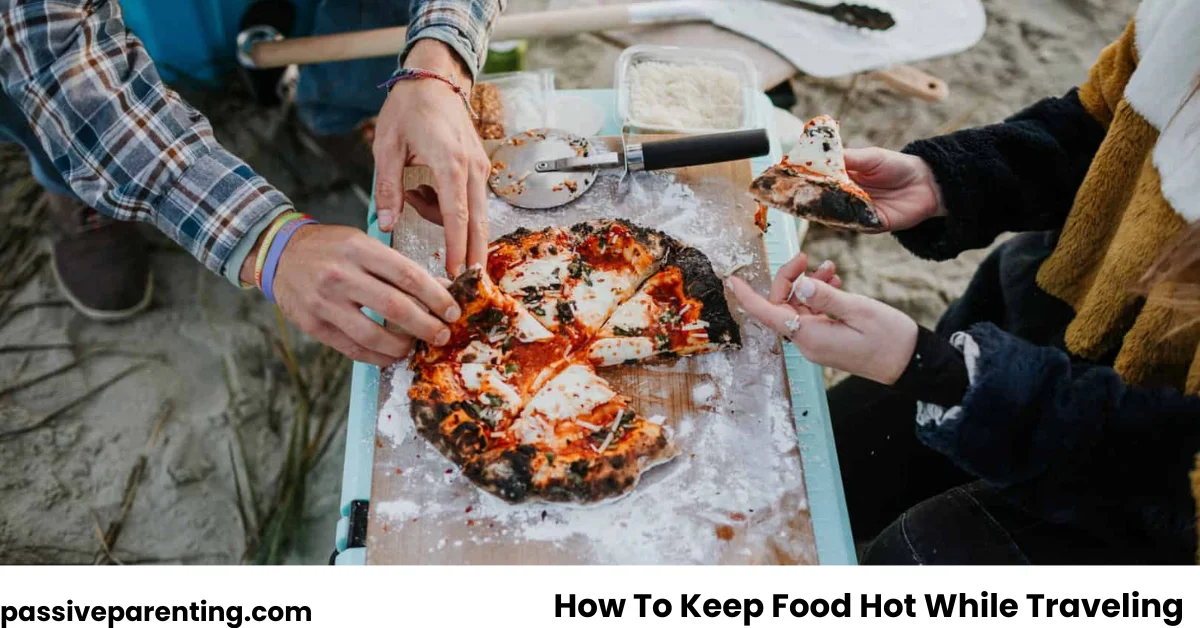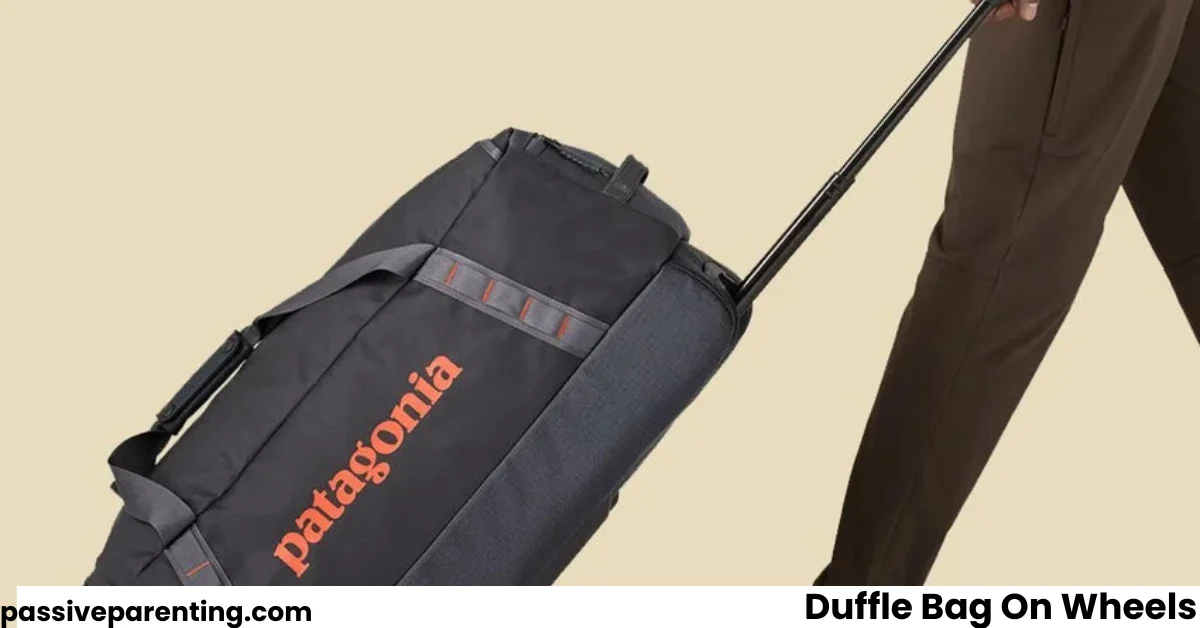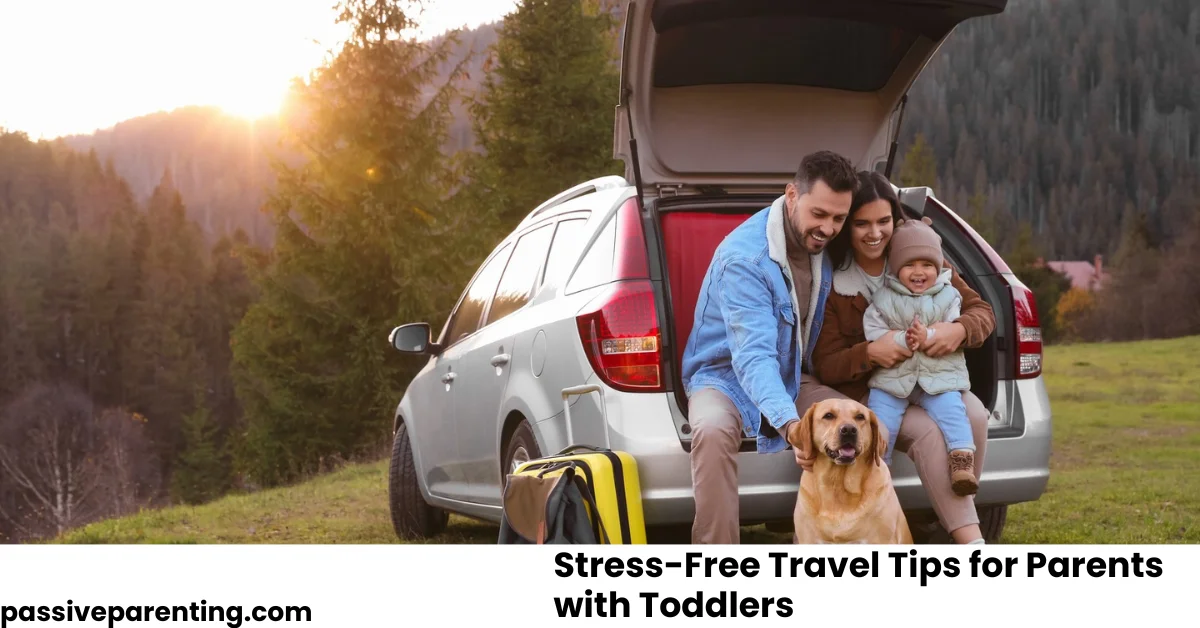Traveling is fun, but one frustration is eating a lukewarm meal when you expected something piping hot. Whether you’re on a road trip, commuting, or hiking, keeping food hot while traveling can elevate your experience and keep you safe. Below is a detailed, practical guide to help you carry warm meals with confidence.
Why Keeping Food Hot Matters
Food Safety & Flavor
When hot foods fall below 60 °C (140 °F), they enter the “temperature danger zone,” where bacteria grow rapidly. The USDA recommends keeping hot food above 60 °C to minimize bacterial growth (for example, in buffet or transport settings).
Also, flavors and textures often deteriorate fast when food cools, so maintaining heat ensures the meal tastes as intended.
Travel Contexts & Challenges
In a moving car, on public transit, or walking with a backpack, heat loss is accelerated by ambient air, container conduction, and repeated opening. The methods here address those challenges directly.
Choosing the Right Containers & Gear
Insulated Stainless Steel Food Jars
Double-wall vacuum-insulated jars are a staple. Metals conduct heat, but the vacuum barrier prevents conduction to the outer shell. Quality ones can retain heat for 6–12 hours. For example, high-end models from known brands advertise that range.
Tips for use:
- Preheat the jar (rinse with boiling water, let sit 1–2 minutes) before pouring in your hot food.
- Fill it as full as possible to reduce air gap (less heat loss).
Thermal Bags and Carriers
Thermal lunch bags lined with insulating fabric (foam + reflective foil) help when you have multiple containers or irregular shapes (like trays). These are ideal when you’re carrying food in addition to other items.
Electric Lunchboxes & 12V Heaters
For trips with car access, plug-in 12V lunchboxes or car warmer plates can maintain or reheat food while driving. Some models heat via a small coil or via circulating warm air. (Be cautious with power draw and safety.)
Heat Packs & Reusable Warmers
Reusable silicone or gel heat packs (activated by snapping or charging) serve as mini “hot bricks.” Placing one under or beside your food container can delay cooling. Always wrap them in cloth to avoid damaging containers.
Packing & Preheating Techniques
Step-by-Step Preheating
- Heat water to boiling.
- Pour into your empty container(s) and let stand 1–2 minutes.
- Discard the water (carefully) and immediately add your hot food.
This warms the walls of the container so they do not absorb heat from your food.
Wrapping & Insulation Layers
Beyond the container, wrap the container in aluminum foil, then towels, or use a thermal sleeve. Each layer slows heat loss by reducing convection and radiation.
Minimize Air Space & Disturbance
- Use containers that match food volume (avoid large air gaps).
- Pack items tightly so containers don’t wiggle or shift (movement can break insulation seals or create microgaps).
- Open as little and as infrequently as possible.
Tips for Different Travel Modes
In a Car or Vehicle
- Place containers near the warmest part, e.g. near the heating vents (but not blocking them).
- Use 12V warmers or converter-based devices.
- Keep other items (bags, sweaters) piled around the container to act as thermal insulation.
On Foot, Train, or Plane
- Stick with insulated jars or thermal bags.
- Use heat packs inside.
- Carry the food close to your body (inside a backpack flap or jacket) so body warmth adds a little extra insulation.
Long Trips & Overnight Solutions
- For extended journeys, consider car-compatible slow cookers or electric warmers with power inverters.
- Use thermal bottles or vacuum flasks to carry broth, soups, or stews which maintain heat better than dense solids.
Foods That Keep Heat Better vs. Those That Don’t
Best-Kept Hot Foods
- Liquids and semi-liquids (soups, broths, gravies) hold heat well.
- Stews, casseroles with moisture are better than dry items.
- Oatmeal, porridge, pasta with sauce tend to retain warmth.
Less Ideal
- Thin, dry foods (chips, dry rice) lose heat fast and can become hard or stale.
- Foods with ice or cold inserts (like salad toppers) accelerate cooling when combined.
Plan accordingly: perhaps carry cold sides separately and focus your hot-container on heat‐friendly dishes.
Safety & Hygiene on the Road
Monitor Temperature
Use a digital food thermometer to check internal temperature. The USDA suggests that hot food be maintained at or above 60 °C (140 °F) to prevent bacterial growth.
Avoid “Danger Zone”
Per food safety guidelines, food kept between 4 °C and 60 °C (40 °F and 140 °F) is at risk. Don’t let food linger in that window for more than two hours total (or one hour if ambient temp is over 32 °C).
Cleanliness & Handling
- Always use clean containers.
- Avoid repeatedly opening lids.
- Discard any food that’s stayed too cool or appears spoilt.
Quick Pre-Trip Checklist
| Task | Why It Matters |
|---|---|
| Preheat container | Reduces initial heat loss |
| Fill full | Less air = better insulation |
| Use heat pack beneath | Adds supplemental heat |
| Wrap container | Reduces radiation & convection |
| Secure in travel bag | Prevents jostling & leaks |
| Measure temps | Ensures safety |
Conclusion
Keeping food hot while traveling isn’t magic, it’s careful planning, smart gear, and good techniques. Use good insulated containers, preheat them, wrap them well, and limit thermal losses. Combine these with travel-specific strategies like car warmers or heat packs, and you’ll enjoy warm, safe, delicious meals wherever your journey takes you.



